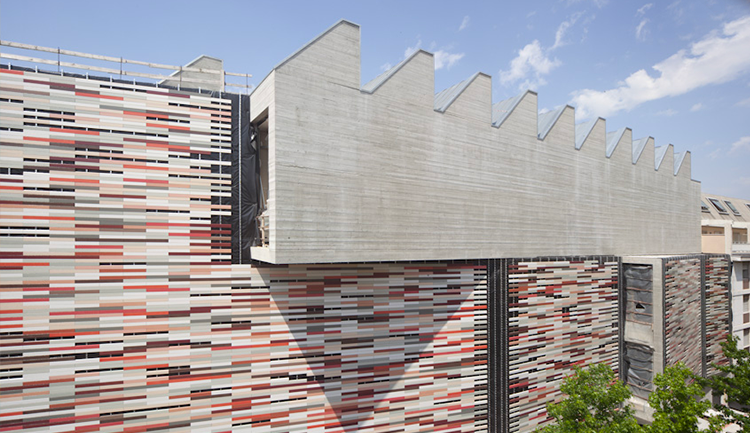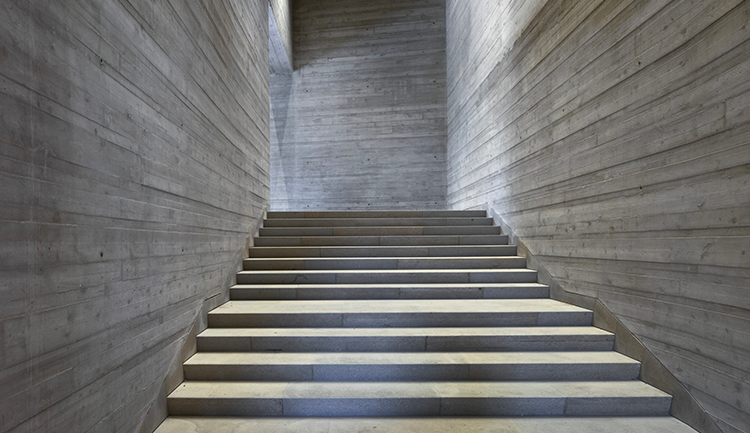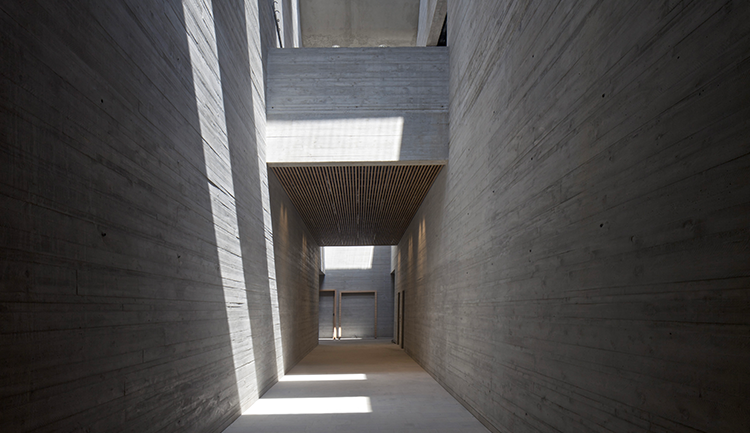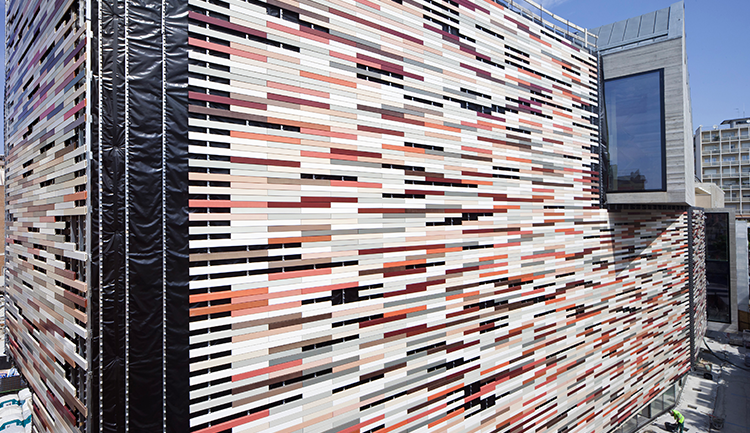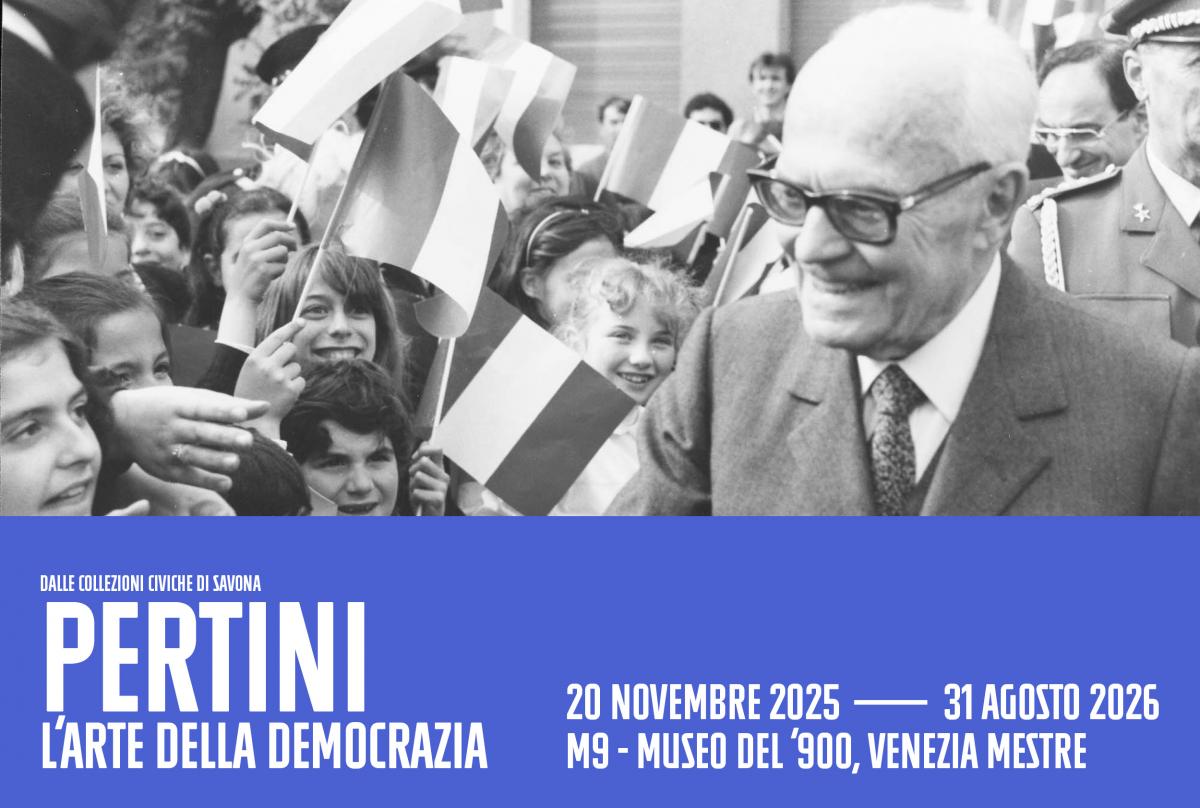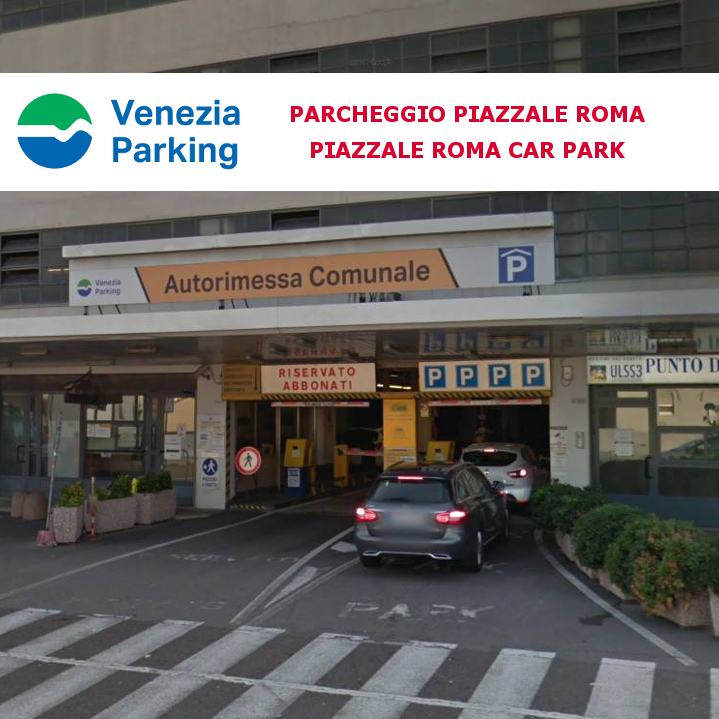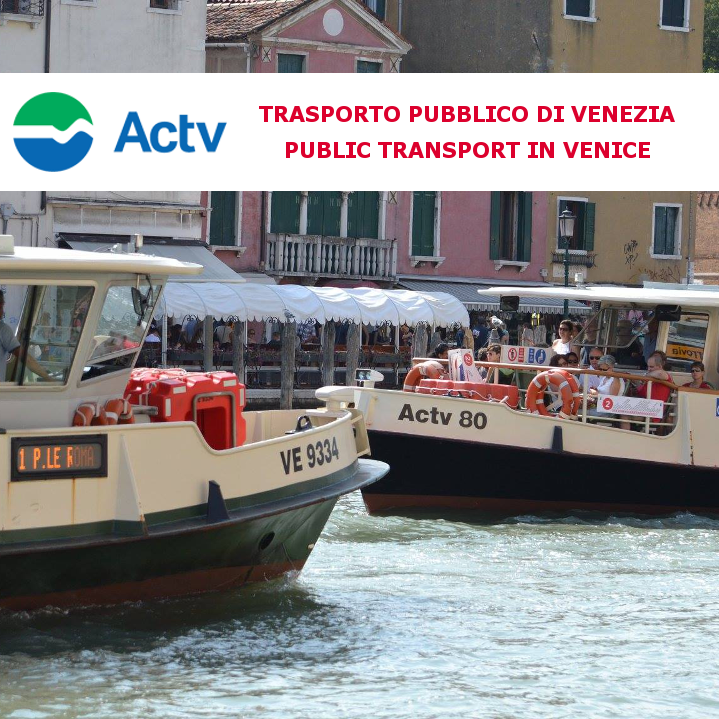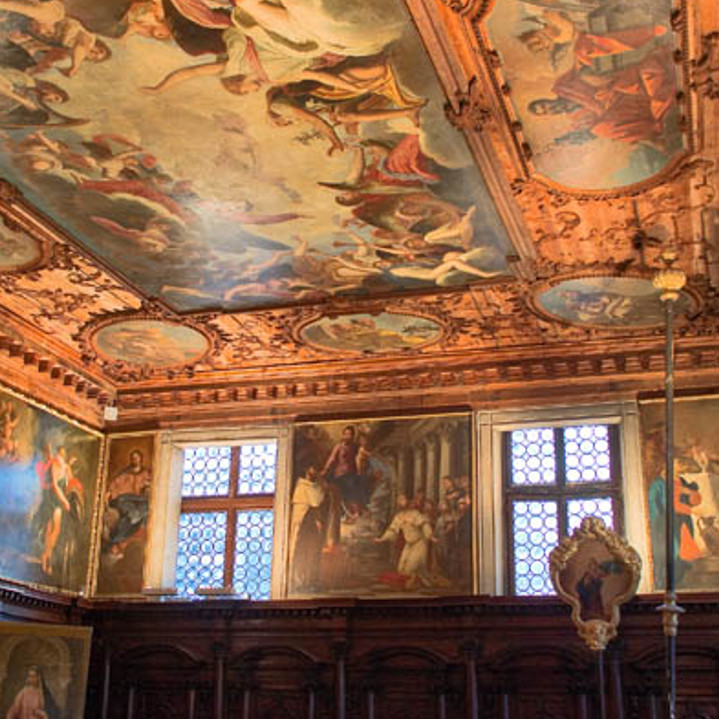You are here
M9 DISTRICT - MESTRE VENICE
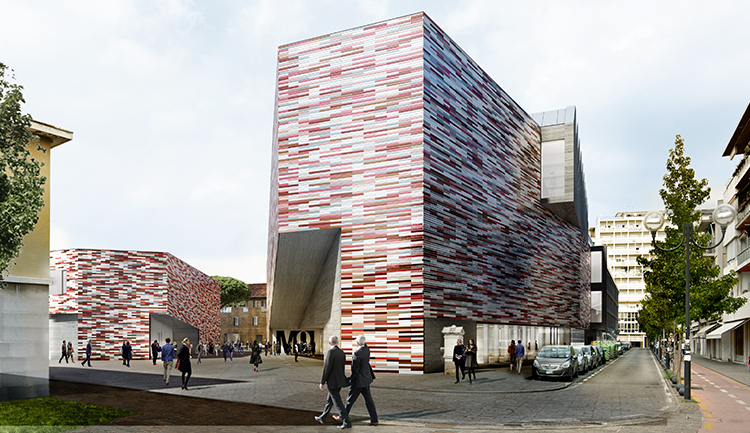
M9 - MUSEUM OF THE 20TH CENTURY
Information
M9 - MUSEUM OF THE 20TH CENTURY
Via Giovanni Pascoli 11
30171-Venezia Mestre, Italia
T. +39 041 0995941
info@m9museum.it
|
|
TEMPORARY EXHIBITION
PERTINI.
|
info: +39 041 0995941 info@m9museum.it |
|

|
|||
|
|
|||
|
OPENING TIME: - Monday, Tuesday closed - Wednesday, Thursday, Friday: 10am - 6pm - Saturday and Sunday 10am - 7pm |
Ticket for the permanent exhibition € 12,00 FULL € 8,00 REDUCED * FREE * * |
Ticket for the temporary exhibition PERTINI. The Art of Democracy € 12,00 FULL € 8,00 REDUCED * FREE * * |
To book guided tours and workshops didactic: +39 334 7093012 ufficiogruppi@m9museum.it |
|
Ticket for the permanent exhibition + temporary exhibition PERTINI. The Art of Democracy
€ 16,00 FULL |
|||
* Reduction applicable for: Reduced price for children aged 7 to 18; students up to 26 years of age with a Student Card or university card/booklet; residents of the municipalities of Venice, Mira, Spinea, Martellago, Scorzè, Mogliano Veneto, Marcon, Quarto d'Altino and Mirano; visitors over 65 years of age; groups (price per person; min. 10, max. 30 people); beneficiaries of existing agreements.
* * Free admission applicable for: M9 card holders; minors up to 6 years; People with disabilities; 1 guide per group; 1 companion for a disabled person; ICOM members (with card) [free tickets can only be collected at the ticket-office].
M9 - MUSEUM OF THE 20TH CENTURY, founded from a project of the Venice Foundation and inaugurated in December 2018, it is a cultural institution with an international scope and vocation. Not a traditional museum, but a permanent laboratory of the contemporary.
An innovative experiment whose ambition is to reveal the material history of the twentieth century in Italy. In fact, it proposes a kaleidoscopic tale of the twentieth century: it shows the demographic, social, political and cultural, environmental and landscape changes; presents the outcomes and ambitions, challenges and achievements, threats and opportunities that have marked Italian history throughout the last century.
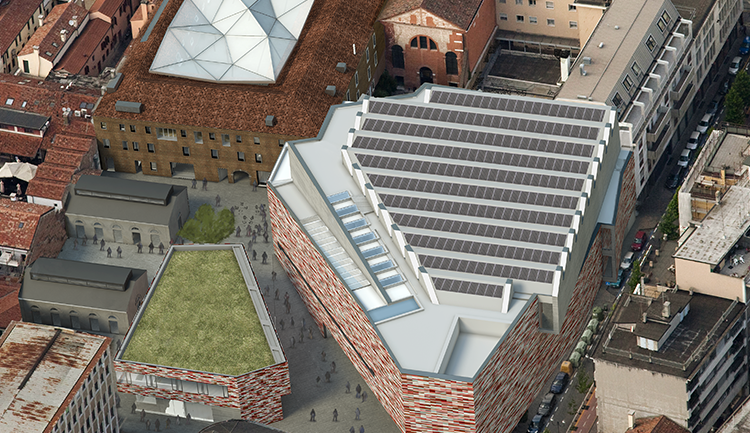
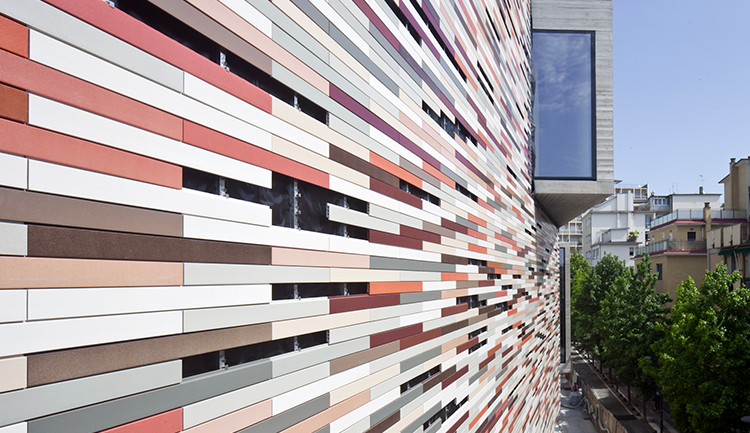
The permanent collection of the Museum occupies the first and second floors of the building; It is divided into eight thematic sections and presents the Italian twentieth century through the cultural heritage that the same century produced - with a wide use of images and audio and video materials - exploiting new technologies for the narration of contents. The visit experience is interactive and characterized by immersive installations.
Thanks to the program of temporary exhibitions hosted on the third floor and spread, starting from 2021, in new spaces of the Museum, to the schedule of events for the general public and to the educational and training activities aimed at schools and all citizens and people with frailty, M9 intends to be a house open to the territory and the country, capable of promoting reflections and actions on the present and the future.
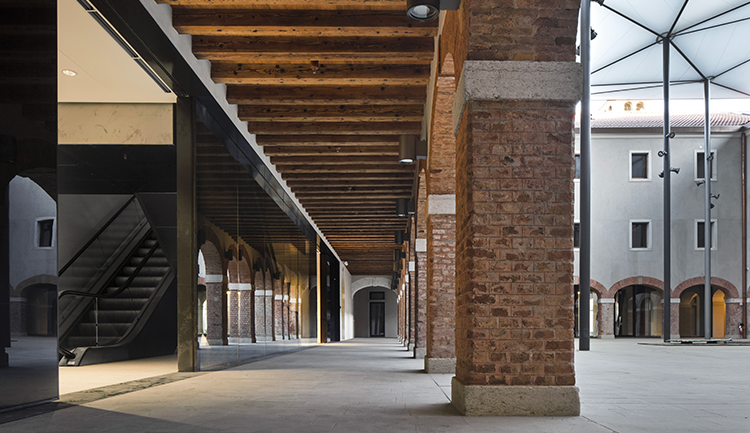
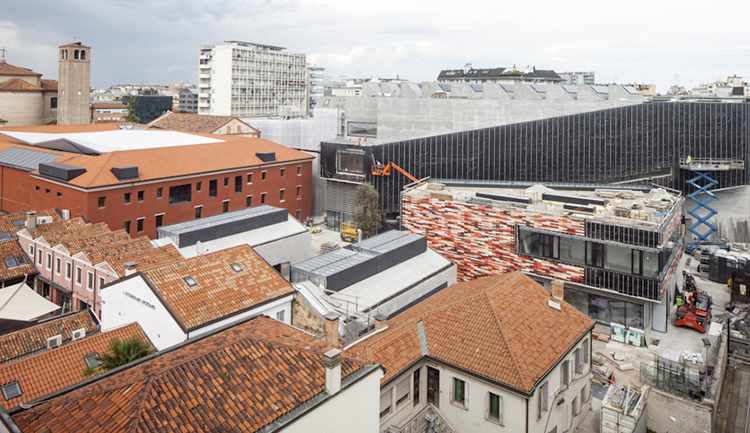
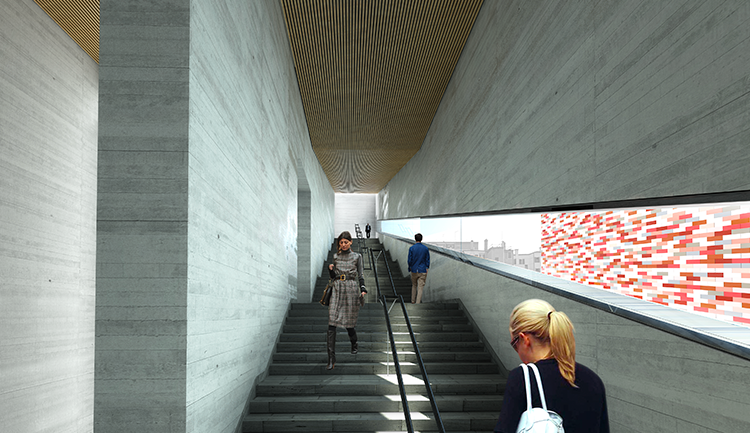
The architectural project of the Museum is signed by the Berlin studio Sauerbruch Hutton; the preparation of the permanent by the Grisdainese studio; graphic design by the CamuffoLab studio; installations from five multimedia and interaction design studios: Carraro Lab, Clonwerk with Limiteazero, Dotdotdot, Karmachina with Engineering Associates, Nema FX.
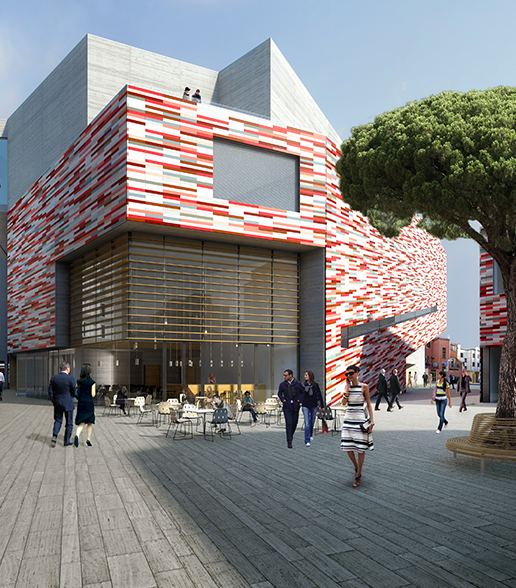
WHERE WE ARE
M9 - MUSEUM OF THE 20TH CENTURY
Via Giovanni Pascoli 11
30171 Venezia Mestre
T +39 041 0995941
M9 - Museum of the 20th Century
20 November 2025 ⇒ 31 August 2026
Pertini. The art of democracy
From 20 November 2025 to 31 August 2026, M9 – Museo del '900 presents the first major exhibition ever held in Italy dedicated to Sandro Pertini, the most beloved President of the Republic.
On the 130th anniversary of his birth and in the year that celebrates the 80th anniversary of the Resistance and the referendum of 2 June, the exhibition traces the life of Sandro Pertini through masterpieces by the most important artists of the 20th century, iconic objects, unpublished images and historical films.
A choral narrative that intertwines art, history and democracy, revealing the moral strength of a man who made freedom and justice his mission.
